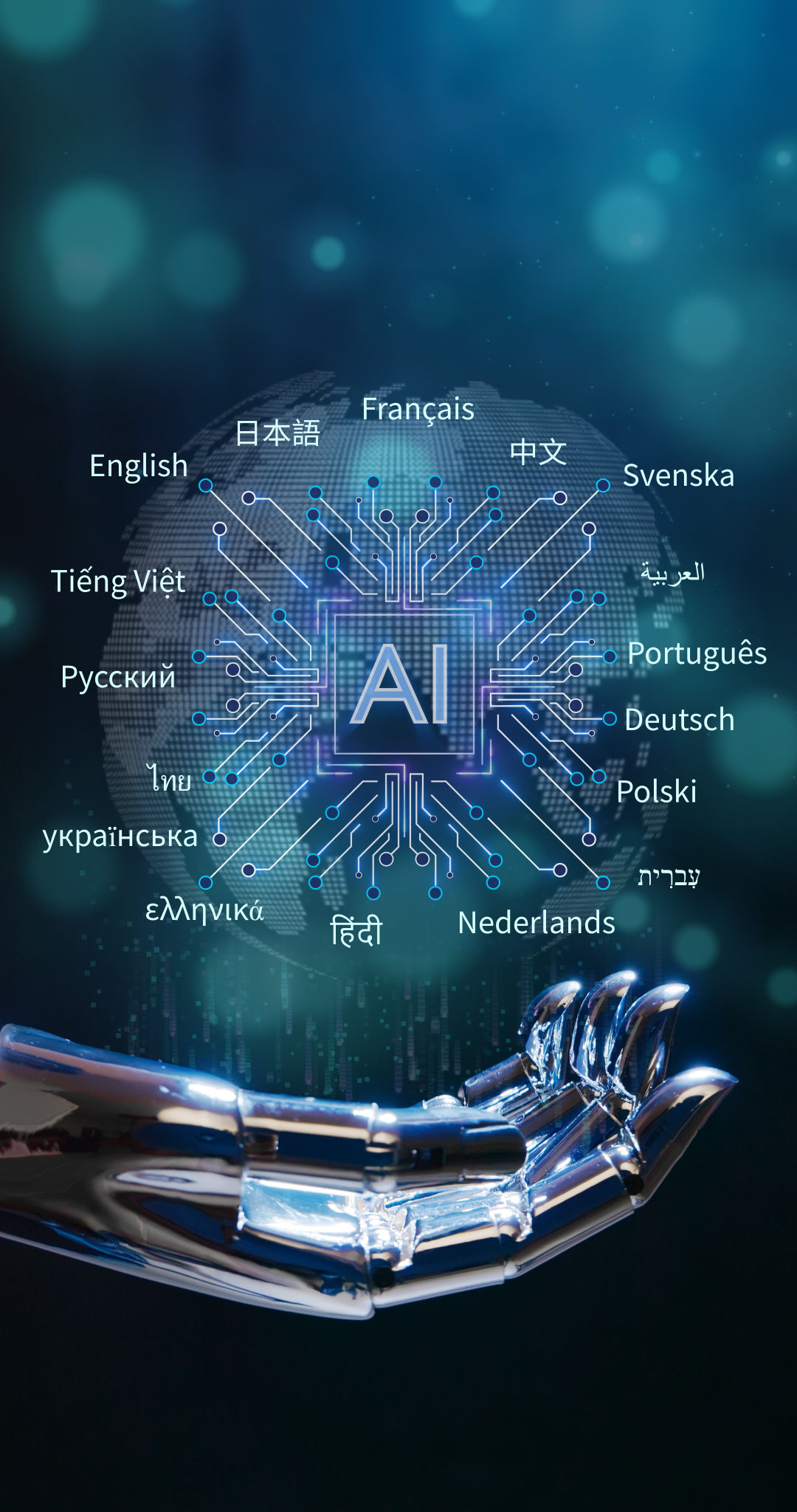How Speech-to-Text Educational Tools Are Revolutionizing Literacy Learning
JT
Introduction to Speech-to-Text Tools
In recent years, educational technology has undergone a significant transformation, and one of the most exciting developments is the integration of speech-to-text tools in literacy learning. These tools are designed to convert spoken words into written text, providing a new avenue for students to engage with language and literacy in an innovative way.

Enhancing Accessibility in Education
One of the most profound benefits of speech-to-text technology is its ability to enhance accessibility in education. For students with disabilities, such as dyslexia or motor impairments, these tools offer an alternative means of communication and expression. By removing the barriers associated with traditional reading and writing, students can participate more fully in classroom activities.
Moreover, speech-to-text tools support English language learners by allowing them to practice pronunciation and improve their language skills. This technology enables them to focus on fluency without being hindered by the complexities of spelling and grammar initially.
Supporting Diverse Learning Styles
Every student learns differently, and speech-to-text technology accommodates a variety of learning styles. Auditory learners benefit from hearing their thoughts spoken out loud, while visual learners can see their spoken words transformed into text. This dual engagement reinforces learning and aids in information retention.

Improving Writing Skills
Speech-to-text tools do more than just facilitate communication; they play a crucial role in improving writing skills. By verbalizing their thoughts, students can organize ideas more effectively and enhance their ability to structure coherent narratives. This process encourages self-editing and critical thinking as students review the transcription and refine their work.
Additionally, these tools help in expanding vocabulary. As students speak and see their words converted into text, they become more aware of language nuances, which can lead to a richer vocabulary and better expression in writing.
Fostering Creativity and Confidence
By providing an intuitive way to document ideas, speech-to-text technology fosters creativity among students. They can brainstorm freely without the fear of misspellings or grammatical errors interrupting their flow of thought. This freedom encourages experimentation with language, leading to more imaginative and original writing.

The Role of Educators
Educators play a vital role in integrating speech-to-text tools into the curriculum. By understanding the capabilities and limitations of these tools, teachers can guide students in maximizing their potential benefits. Training sessions and workshops can be implemented to familiarize both educators and students with this technology.
Furthermore, educators can use speech-to-text data to assess student progress and tailor instruction to meet individual needs. This personalized approach ensures that all students receive the support necessary for their literacy development.
Looking Ahead
The future of literacy learning is promising with the continued advancement of speech-to-text technology. As these tools become more sophisticated, they will offer even greater support for personalized education, making literacy accessible to all learners. The integration of artificial intelligence and machine learning will likely lead to even more accurate transcriptions and adaptive learning experiences.
As we continue to explore the possibilities of educational technology, it is clear that speech-to-text tools are not just a trend but a significant step forward in revolutionizing literacy learning for diverse learners worldwide.
